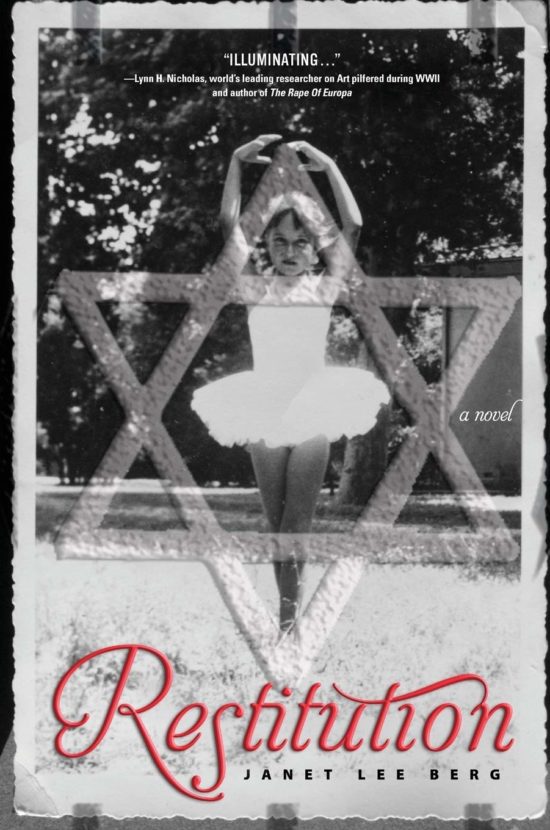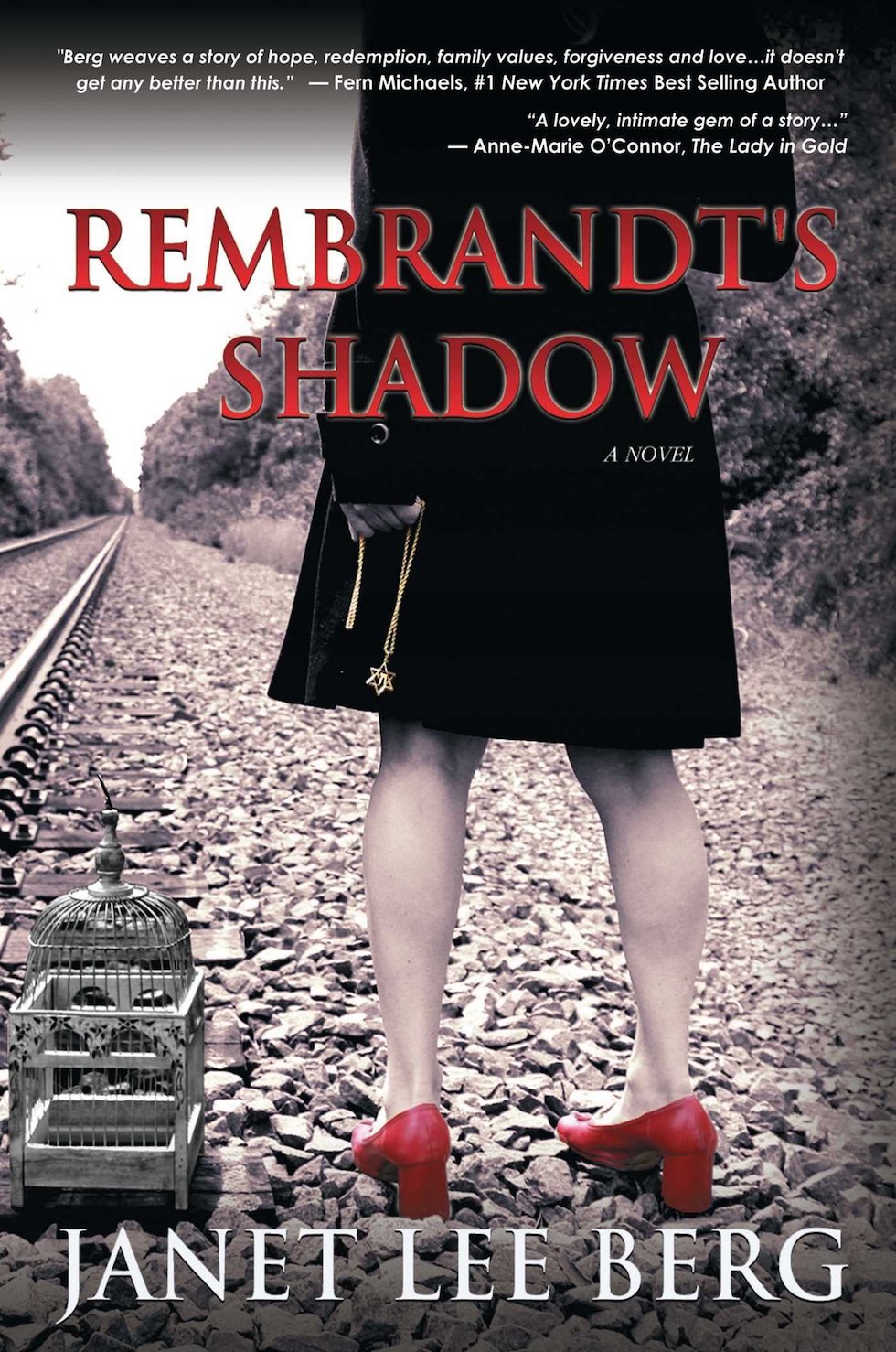An interview with the energetic, Linda Ronstadt, also known as the Queen of Rock, and unprecedented as a singer, songwriter, musician, record producer and actress can leave you breathless. Born in 1946, and mother of a grown daughter and son, Ronstadt has triumphed as one of the top-selling female vocalists of the late 1970s, with numerous smash hits expanding over four decades.
Raised on a ranch outside Tucson, Arizona, with two brothers and one sister, Linda spoke of how music kept the family together. Her father strummed his guitar to his traditional Mexican roots, while her mother played the piano and exposed them to a variety of music.
“I think I was only two when I made up my first song,” she mused. “I remember we all used to sing on car trips, songs like “Ragtime Cowboy Joe,” one of the regional farm songs my Mom knew from Michigan. All my cousins sang, too, in fact, my grandfather was the band leader of a brass oompah band. You couldn’t go very far without hearing some kind of Ronstadt.
“In first grade, we were made to sing hymns, and I would really sing while everyone else was sort of mumbling.” She laughed. “I attended a strict Catholic school, and when the nuns floated by, I didn’t realize they had bodies; they were so terrifying. Today they would be in jail for child abuse.
“I was an early reader and wanted everyone to just leave me alone, sitting quietly in the corner with my head down. I was so glad to get out of there, but by then, the damage was done. It made me more rebellious.”
“Aside from my family, some of my early influences were country star, Hank Williams, and Lola Beltran, who was revered in Mexico. I based my style rhythmically on what she did, so it was hard for me to understand some American rhythms at first.”
“Tucson had been an unusually musical community, particularly when there wasn’t much radio and television, so we had to make our own music, and then when we moved out of the 50s into the 60s, dad would take us to see someone perform, but it wasn’t exactly the “hottest” act. At the age of 17, the pop and folk music I really admired was going on in either Newport Folk Festival or Berkeley – you know, the really cool stuff – and the first person I saw was Ry Cooder with Taj Mahal at the Ashgrove in a band called The Rising Sun, and I went, ‘oooh, they’ve got some hot players over here in California,’ so I wanted to stay.
“All of American culture was focused through the lens of Los Angeles at that point, which was sometimes distorted, but you had to come to LA to make your bones, musically.”
While a student at Arizona State University, Ronstadt met a local musician, Bob Kimmel, and left home for LA with a few dollars tucked inside the pocket of her blue jeans, along with dreams of a musical career. There, the two met up with guitarist/songwriter, Kenny Edwards, and called themselves the Stone Poneys, and produced their self-titled debut folk album in 1967, and released two more albums, including top 20 hit “Different Drum,” written by Michael Nesmith of The Monkees.
After turning out three albums, the trio split, and Ronstadt began her solo career in 1968, a blend of Country and Rock, with her first solo album, “Hand Sown Home Grown,” helping to define the LA music scene in the early 70s with mellow-rock California sounds, and also collaborated with other musicians and songwriters, such as The Eagles, and Neil Young.
“The Eagles were assembled by my manager, John Boylan because he knew Randy Meisner, the original bass player, and I knew Bernie Leaden and Glenn Frey, and together we discovered Don Henley at the Troubadour, and we put all these people together to form a band for me when we were on the road, and then Glenn and Don started writing together and they got the chance to play their own stuff on stage, so it was mutually beneficial.”
“I opened for Neil Young and toured with him for a long time, and watched every single show (I don’t know that I’ve ever done that since), but he was so amazing and mesmerizing, and still one of my favorite musicians, and has one of the most unusual singing voices.”
In 1974 when Heart Like A Wheel sold over two million copies with the hit “You’re No Good and “When Will I Be Loved, “reached number one and sold over two million copies, Ronstadt was officially crowned a “Superstar.” Dubbed with that title, and simultaneously suffering from acute stage fright, she went on the road in an effort to connect to her fans.
When asked about her timid reputation, she said, “It’s against animal nature to have other animals staring at you.” She paused. “Because in the animal world, when they stare at you for a long long time, they want to EAT you!”
Many of Ronstadt’s hit records have been covers of other hits, including Buddy Holly’s, “That’ll Be The Day,” Roy Orbison’s “Blue Bayou,” raggae Jimmy Cliff’s, “Many Rivers To Cross,” The Rolling Stone’s, “Tumbling Dice,” and Warren Zevon’s, “Poor, Poor Pitiful me.”
Courageously, the ever-changing, yet consistent crystal clear voice of Linda Ronstadt has crossed all genres, including Country, Rock, Latin American, R & B, Big Band, Jazz, Contemporary Pop, Children’s Music, Opera, Cajun…and has received multi-platinum albums, an Emmy Award, a Tony-Award Nomination, and has recorded over 30 studio albums and sold a million records of six consecutive rock albums in the mid 70s.
During the interview, I pondered the real Linda Ronstadt, what’s behind those dark eyes – “So, you’ve always been so, ummm, diverse. Is that your persona, too – WHO are you?”
“Oh, my eclecticism,” she giggled, as she looked around her small flat in San Franciso — “Well, on the floor is a Navajo rug, and over there is an English needlepoint, and well, in design, when I like something, I have to have it, and in terms of music, too, especially when it’s footed in some kind of tradition.”
When Ronstadt had met manager, Peter Asher (formerly of the British pop duo, Peter and Gordon) her popularity soared. Yet, with her modest demeanor, perhaps attributed to her upbringing in the Southwest, the popular artist has left the media somewhat curious, especially while romantically involved with diverse men, from actors and athletes to musicians and politicians; she was once displayed on the cover of Time when she kept company of companion California governor, Jerry Brown.
Ultimately, once coined as a rocker chick and sex symbol, she has managed to keep her private life, private, but claims she was political in the turbulent 60s and again now. “We have to get rid of this government and replace it with an intelligent one before it destroys the United States,” she said.
In the 80s, the singer took an extremely sharp turn, as she ventured acting on Broadway, playing the role of Mabel in the opera The Pirates of Penzance (and later the film), and La Boheme which appealed to a different audience and led to working with the Nelson Riddle Orchestra who conducted her 1983 collection of pop standards, “What’s New,” “Lush Life” (1984), Sentimental Reasons (1986).
“The morning I woke up and knew Nelson Riddle was coming over to work with me and I was going to record songs I had been passionate about, was probably the most exciting day of my musical career.
“Those are the songs I’ll be doing in concert in Westhampton during the first half of the show, and the hits I’ve had during the 70s, 80s, and 90’s, for the second half, like a review of 20th century pop music.”
At the end of 1986, she returned to the contemporary sound, and recorded “Somewhere Out There” with artist James Ingram, and in 1987 returned to her country roots when she recorded the platinum Trio album with Dolly Parton and Emmy Lou Harris (still a close friend), a ten year project in the making; and of course, Cry Like A Rainstorm, which includes the four duets with the silky voice of New Orleans’ Aaron Neville.
In the 90s, Ronstadt returned to traditional Mexican and Spanish music, including a tribute album to her father, Mas Canciones; back to pop with 1994’s “Winter Light,” a Holiday album, another collection of standards, “Hummin’ To Myself” in 2004, and Adieu False Heart, a collaboration with Ann Savoy (Savoy-Doucet Cajun Band) in 2006. Ronstadt consistently topped the charts as a leading female vocalist of the rock era, and a favorite to many baby boomers (including myself.) In fact, after all these years I’ve kept an image of this iconic artist with stick legs wearing hot pants and roller skates. I wondered if it was only in my imagination. I had to ask:
“OH, she wailed, “Yes, it is an album cover. The reason for that is my friend, Nicolette Larson, another singer and close friend of mine, who used to skate with me in Venice, got bored during photo sessions while they changed film or whatever, so since we wanted to learn how to turn around on our skates and stuff like that, a photographer snatched a shot of me skating down the hallway under the florescent lights, and that ended up on the cover.”
After the interview, I went up into my attic, and rooted through old cardboard boxes, until I found the 30-year old album, “Living in the USA.” And there she was, all right – free skating down a long hall, holding herself up by the walls. And lucky for us, she’ll be rollin’ right into the Hamptons on the 17th of August… Can’t wait to see her – “She’s so good, she’s so good, baby she’s sooo good!”



